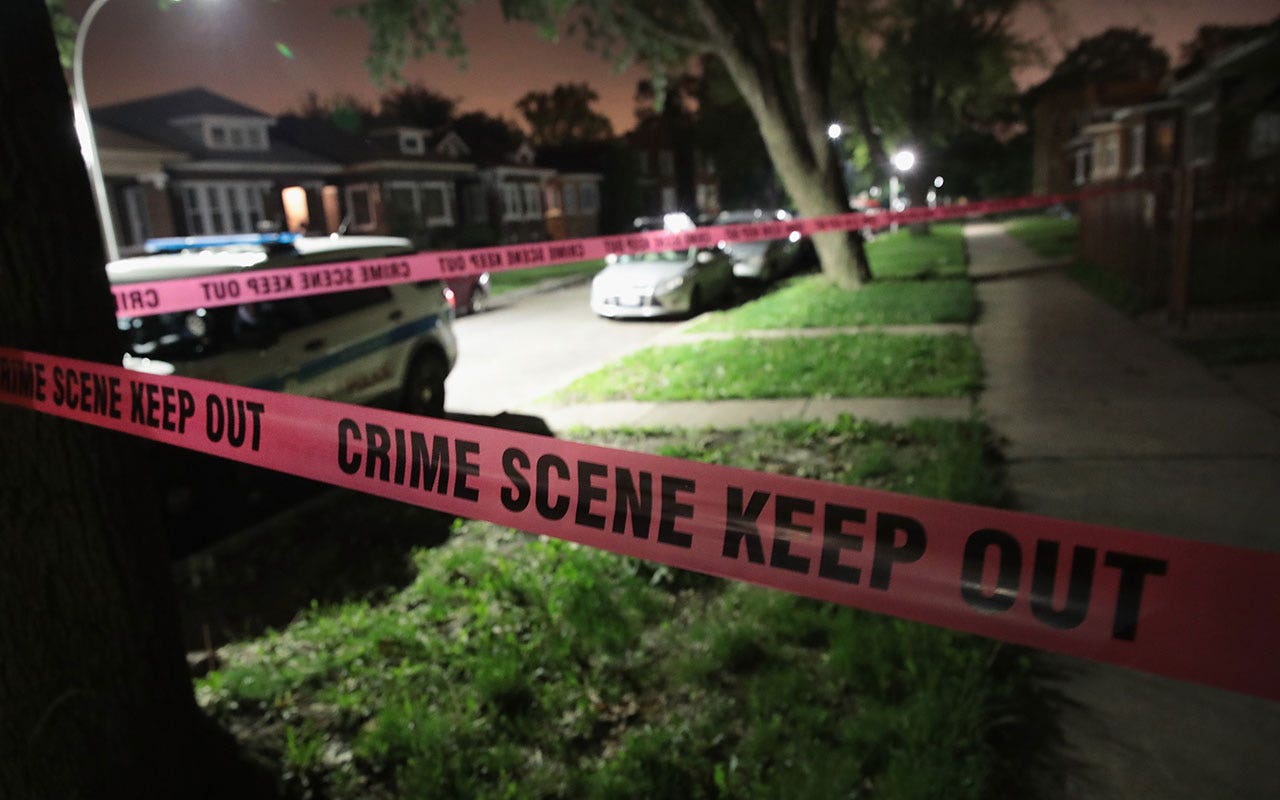It’s all over TikTok: pretty, young women are getting punched in the face in seemingly random attacks on the streets of New York City. The latest incident occurred on Wednesday in Chelsea, leaving the 23-year-old victim with a broken nose. The “scraggly-haired menace” is still at large, but even if he’s taken into custody, don’t expect the punishment to last long.
Why is this happening? This is the story of how New York state partially decriminalized misdemeanor assault and now recirculates into communities individuals who used to be sent by a more robust criminal-justice system into mandatory, supervised mental-health and substance-abuse treatment.
In 2013, Manhattan arraigned 7,446 misdemeanor assaults, and of the cases they prosecuted, 2,833 (38% of cases) ended in convictions. But last year, with the arraigned assaults rising to 8,833 cases, convictions more than halved to 1,387 (only 16% of cases).
Further, even defendants who are convicted are pleading to lesser charges with fewer consequences and a deceptively light criminal record. In 2013, a third of misdemeanor assault convictions resulted in actual misdemeanor guilty pleas. By last year, it had fallen to a fifth – with the rest of convicts pleading down to a mere violation/infraction.
EVEN BLUE STATES ARE LEARNING BAIL REFORM IS A DISASTER. RED STATES ARE NEXT
But meanwhile, the number of cases simply dismissed rose 73%: from 3,491 a decade ago to 6,037 dismissals last year. In fact, the dismissal rate for misdemeanor assault rose from less than half of cases to a full 70%.
This shift had been gradual until 2019 – the result, largely, of internal office policies within the Manhattan District Attorney’s Office (a shift mirrored by the city’s other DAs).

Manhattan District Attorney Alvin Bragg speaks during a press conference announcing the indictment of seven individuals for their involvement in the assault on two NYPD officers in Times Square, Feb. 8, 2024. (Barry Williams for NY Daily News via Getty Images)
But the biggest shift happened in 2020, when statewide “discovery reform” went into effect. This legislation requires that for each misdemeanor assault case, prosecutors must now rapidly assemble an inordinate amount of totally irrelevant “evidence.”
For instance, if the victim with the broken nose had been punched in bustling Times Square, the case could not move forward until every conceivable “witness” had been interviewed and those statements turned over to defense counsel.
So even though the majority would say, “I didn’t see anything” or “I heard a scream and that was it,” assistant district attorneys would need to collect 10, 20 – however many – of these statements and process all of them. Ditto for memo books and body camera footage of responding officers even if they only capture redundant or irrelevant aspects of the incident.
This is an impossible and, in fact, silly amount of compliance to glom on to the already serious and detailed work of establishing the pertinent facts and evidence in order to establish justice in any case – especially for relatively small and simple cases (i.e., not a gang shootout or a murder conspiracy!).
And this insurmountable “discovery” obligation forces prosecutors to dismiss many more misdemeanors than they used to or want to. Sorry punching victims! Your TikTok video views are your only requite.
But regardless of outcome, because of the simultaneous passage of over-reaching bail reform statewide, effective 2020, radically fewer of these assailants are held in jail while their case is processed. The important thing to know about jail is that it keeps the mean punchy people away from the nice, innocent pedestrian people.
GEORGIA CONSIDERS REQUIRING CASH BAIL FOR A WIDER ARRAY OF CRIMES
As with assault conviction rates, the percent of misdemeanor assault cases for which bail was both requested by prosecutors and set by judges was already falling pre-reform: from 21% in 2013 to just 13% five years later. But as of January 2020, it became prohibited to hold sucker-punchers, no matter how vicious, on bail unless you could prove they were going to try and flee town before trial.
And so – no surprise – the percentage held on bail fell to a nearly non-existent 1% of cases. Last year, following a tweak to the bail law making it possible to request bail on repeat misdemeanor assailants the percentage now held rose to 3%.
Even more telling is that for the six years leading up to the reform, prosecutors requested bail – and a judge denied it – on an average additional third of cases! These are cases where the defendant seemed dangerous enough to make a reasonable bid to detain him, but it didn’t succeed. In the past four years, prosecutors have only requested and been denied bail on a piddling roughly 2% of cases.
Prosecutors cannot even make the argument anymore that having randomly clocked one grandmother, the accused standing before the court might likely pummel another. Or do worse.
As further proof that we used to detain people who were just reasonably dangerous (without their having to be exceptionally certain to abscond), the median bail has risen fivefold since the reform: from an even $1,000 for seven years prior to the reform to $5,000 last year.
In real terms, 1,299 fewer misdemeanor assault defendants were held in on bail last year than in 2013. Compared to 2018, pre-reform: over 500 fewer.
It seems clear that the “scraggly-haired menace” was mentally disturbed. As a general rule, there’s something really wrong with you if you break a random woman’s face. And this is where the plummeting of misdemeanor assault convictions has truly altered the NYC landscape.
Because it is the leverage of a conviction that forces disturbed, violent people into mandatory and supervised treatment. And with the drops in conviction rates, NYC drug courts have shrunk from 1,200 participants in January 2019 to only 200 by that month last year – with similar attrition in mental health courts.
Until the state legislature fixes the oversteps in our discovery and bail laws, many more New Yorkers, especially women, will be randomly punched in the face. Maybe you. Maybe your sister. Let’s not find out.
